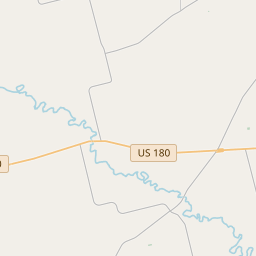Royston Townsite
Historical marker location:






The town of Royston came into existence in 1906, when the Texas Central Railroad built a line through this area. In addition to the railroad depot, homes and businesses were soon established in the new town. The Royston Post Office was established in 1907. Businesses included a 30-room hotel, the "Royston Record" weekly newspaper, the Royston Mercantile Company, the Royston State Bank, a cotton gin, tin shop, grocery and hardware store, drug store, restaurant, and two lumberyards. A public school was in operation until 1947, when it was consolidated with McCaulley School. Churches in the town included Methodist, Baptist, and Pentecostal. The center of a rich agricultural area, Royston's economic base was broadened after the discovery of oil in the area in 1928. The railroad continued both freight and passenger service until 1972, and Royston was an important supply center for the surrounding agricultural area for a number of years. The town of Royston gradually declined, and the rails were removed by the railroad company. This site marks the approximate southern boundary of the town square. Now a ghost town, it is nevertheless an important part of Fisher County history.
(1988)
As one of the most visible programs of the Texas Historical Commission (THC), historical markers commemorate diverse topics in Texas history, including: the history and architecture of houses, commercial and public buildings, religious congregations, and military sites; events that changed the course of local and state history; and individuals who have made lasting contributions to the state, community organizations, and businesses.
The Texas Rangers, a famous law enforcement agency, were first organized in 1835 to protect settlers from Native American attacks.
The early settlers of Fisher County were primarily ranchers and farmers who were attracted to the fertile land and abundance of water sources, particularly the Colorado River. These pioneers faced many challenges, including severe weather conditions and conflicts with Native American tribes in the area. However, they persevered and gradually developed thriving communities, mainly centered around farming and ranching.
The arrival of the railroad in the late 1800s greatly enhanced the county's economic development. The railroad allowed for the transport of goods and improved access to markets, leading to the growth of towns such as Roby and Rotan. With the expansion of the rail network, Fisher County became an important transportation hub in the region.
In the 20th century, Fisher County faced some setbacks, including the effects of the Great Depression and a decline in population due to the mechanization of farming. However, the discovery of oil and gas reserves in the area in the 1940s provided a boost to the local economy. Today, Fisher County continues to rely on agriculture, oil and gas, and small businesses as its main economic drivers, while also preserving its historical heritage through museums and cultural events.
Fisher County Timeline
This timeline provides a condensed summary of the historical journey of Fisher County, Texas.
- 1870: Fisher County was established on February 1, 1876, and named after Samuel Rhoads Fisher, a signer of the Texas Declaration of Independence.
- 1880s: The first settlement in the area was established near the Clear Fork of the Brazos River.
- 1890s: The county experienced a population boom with the arrival of the Texas Central Railroad.
- 1911: The town of Roby was designated as the county seat of Fisher County.
- 1930s: Fisher County, like the rest of the country, was greatly affected by the Great Depression.
- 1940s: The discovery of oil and gas in the county led to economic growth and increased population.
- 1970s: The county faced economic challenges due to declining oil prices.
- 2000s: Fisher County continued to be primarily agricultural, with farming and ranching as the main economic activities.